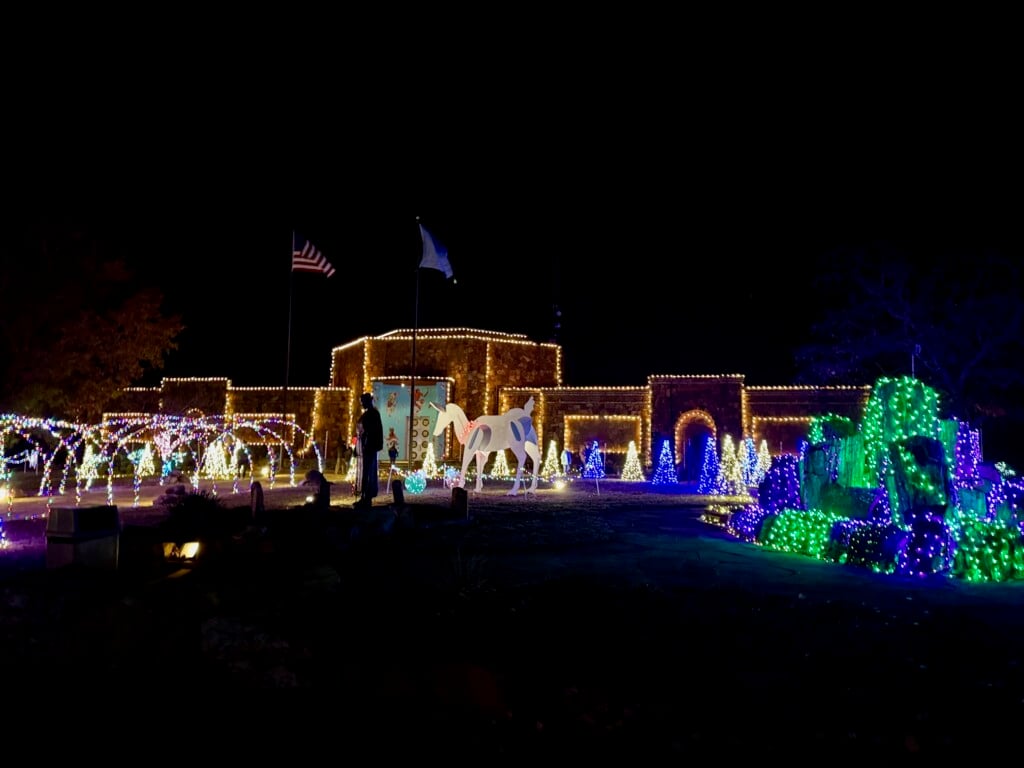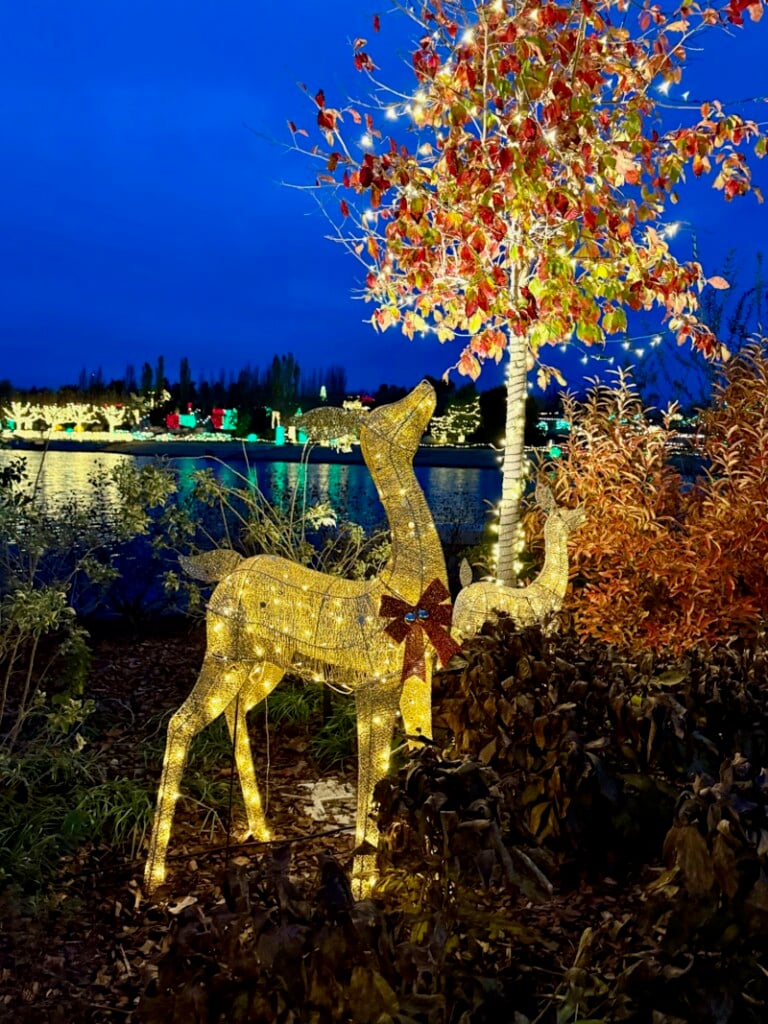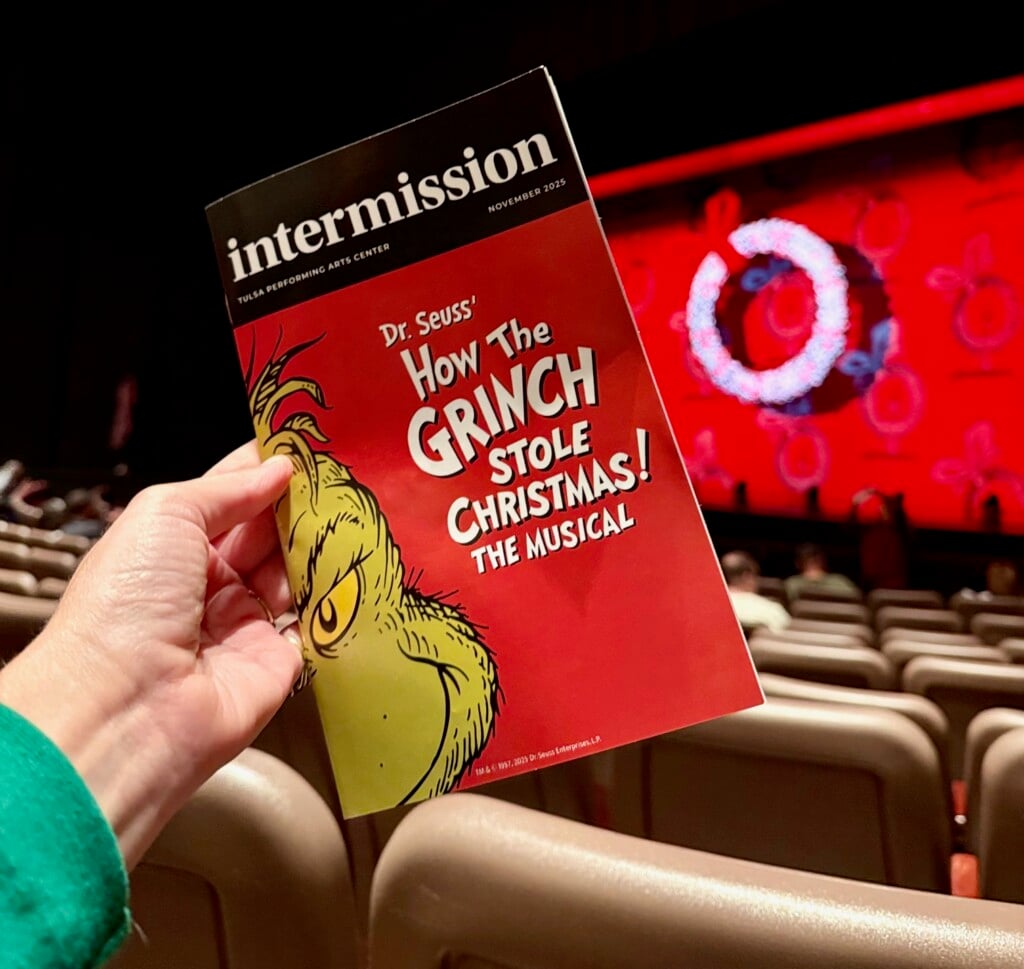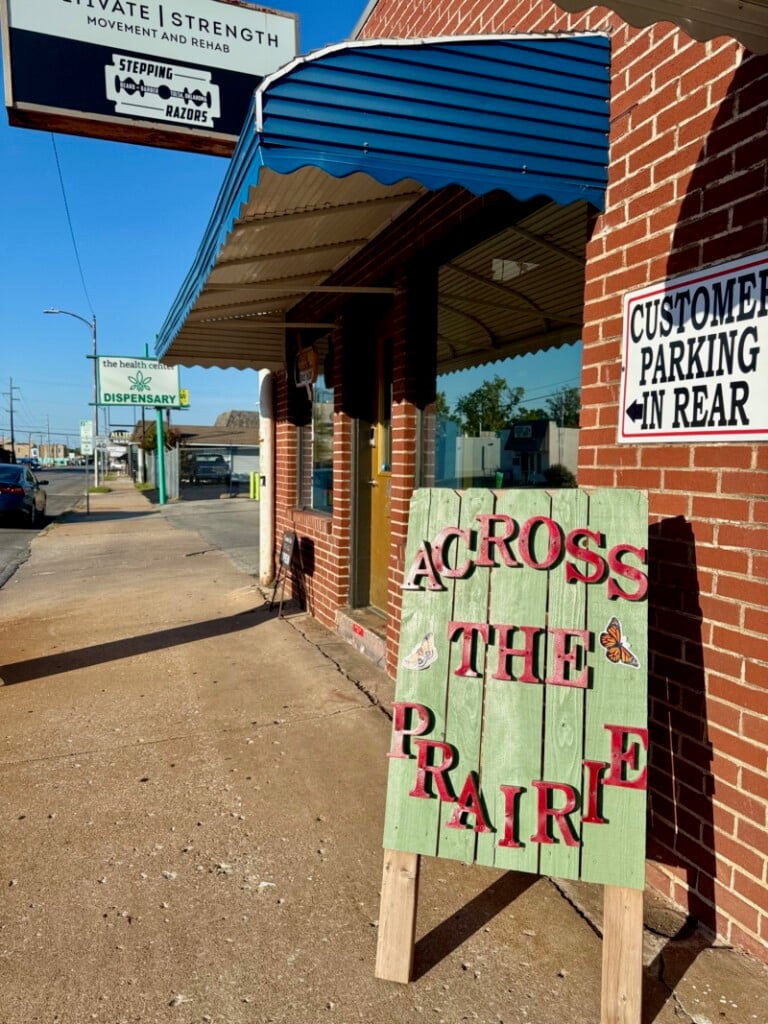We Tour the Euchee Butterfly Farm
A couple months ago, I reached out to the Euchee Butterfly Farm for photos to include in Macy Goodnight’s “Educational Adventures” article, published in TulsaKids’ October issue. And earlier this month, the director, Jane Breckinridge, reached back out with some exciting news: Euchee Butterfly Farm had just received licensing to import and fly some incredible tropical butterflies from Costa Rica! Jane invited us out to see the new arrivals and tour the farm. In fact, Euchee Butterfly Farm recently started offering public tours on Tuesdays and Saturdays — but more information on that below. For now, let’s take a tour of the facility and learn more about what the farm does!
History of the Euchee Butterfly Farm
The land that the Euchee Butterfly Farm sits on has been in Jane Breckinridge’s family for five generations — ever since her great-grandmother, Neosho Parthenia Brown, received a land allotment from the U.S. government. As the website says, “this land was no gift. As the daughter of a Muscogee (Creek) woman and a Euchee man, the allotment was compensation to her people for the millions of acres of land that had been taken away from them, first by the Indian Removal Act of 1830 and later by the Dawes Act of 1887. ”
Neosho Parthenia Brown and her family have cared for the land ever since, “using it to help others in need, produce life-giving food, and protect the hundreds of species of native plants and animals that made the land their home, too. Today, her great-granddaughter and other descendants are honoring her memory by using this land to create sustainable economic development for Native people through butterfly farming, and by using the land to educate about the need for habitat conservation and cultural preservation.” (nativebutterflies.org/about-the-farm)
We learned that the farm has summer internships for youth, several of whom are now employees at the farm.
Event rental
Our first stop on the tour was the event space, where they host conferences and educational events. However, it is also available for private rental. This is the indoor space; however, according to their website, outdoor space is also available. Learn more at nativebutterflies.org/book-an-event-1
Inside the space is a photo display honoring Neosho Parthenia Brown and her father, Samuel W. Brown, who was born on the Trail of Tears. He was also a chief of the Euchee tribe.
Native plant seed bank
Next, we went to the building housing the native seed bank. In addition to their work with butterflies, Euchee Butterfly Farm has an extensive collection of native seeds that are beneficial for pollinators. They grow the seeds until they are at a fairly sturdy stage, and send the plants to partners in the region. (From the website: “…we raise over 20,000 milkweed and native plants for monarch habitat restoration on tribal land.”)
Eventually, it sounds like some of these pollinator-friendly plants will be available for sale at the farm, so if you’re inspired to start your own butterfly garden after your visit, you can get started! For now, that is still a future plan.
Another interesting fact about the farm is that it has “one of the last true prairie remnants in Tulsa County, a 12-acre natural grassland ecosystem which has never been plowed and is preserved in its original condition.” (nativebutterflies.org/about-the-farm) So preserving these native plant species is an incredibly vital part of the farm’s mission, too.
Teaching kitchen and education
Euchee Butterfly Farm recently built a new teaching kitchen next to the seed bank, where they will host classes to teach youth about growing and preparing food. Jane said the first cohort will start in a couple months, and they already have a waiting list. They can also use this kitchen to prepare food for events. The teaching kitchen will fit in with Euchee Butterfly Farm’s Food Initiative for Tribes project, which seeks to address food insecurity and related issues in Oklahoma, particularly as these issues affect Native American communities.
I would recommend going to ebflearningcenter.org/projects for more information about all of Euchee Butterfly Farm’s various education initiatives. These include Natives Raising Natives, Tribal Environmental Action for Monarchs (TEAM), Tribal Alliance Pollinators (TAP), STEM Education for Tribal Youth, and more.
“Our mission is to help improve the lives of Native people, plants and pollinators. We achieve this through innovative community-based programs that emphasize capacity building, cultural preservation, and sustainability. The central element that runs through all of our work is the power of butterflies, particularly monarch butterflies — they inspire conservation action, facilitate youth science education and promote understanding between cultures. Wingbeats changing the world.” (ebflearningcenter.org/about)
Butterfly aviaries
We didn’t tour the outdoor aviary, as most of the flowers and butterflies were gone for the season. This area is open May through October, and, according to the website, houses more than 1,000 live butterflies.
The indoor aviary, of course, is what we came to see! This is where you’ll find the new Costa Rican butterflies, as well as a few other varieties. Sadly, I didn’t get a good picture of the Blue Morphos, which are considered to be the most beautiful butterfly in the world. The Owl butterflies (identifiable by the “owl eyes” on their wings) were much easier to photograph!
There is a lovely fountain, and the room is full of nice artificial plants. Living plants are not a possibility with the Costa Rican imports, but they do have plenty of feeding areas and definitely seemed to enjoy the habitat nonetheless.
It was such a peaceful room, and there are benches where you an just sit and observe the butterflies. You do have to be careful where you step, as several were just hanging out on the ground! The tropical butterflies are shipped in their chrysalises, which are then hung in a protected area of the room. We didn’t see any emerging from their chrysalises when we were there, but there was one that had emerged not too long ago. Aren’t they beautiful?
Gift shop
When we were finally ready to leave, we got to exit through the gift shop. This would be a great place to do some holiday shopping! There were some wonderful books for all ages, gorgeous wildlife paintings, Native-made soap, pecans grown on the property, and more.
A highlight was the wall of mounted butterfly specimens. Jane explained that this is another way in which they provide employment opportunities for Natives. There is quite a process to preserving the butterflies — much more than just pinning them in place. We even met one of the artists, Caraline, who was part of the 2025 Summer Youth Employment Program. Caraline often paints backgrounds for her mounted butterflies, which makes them even more special. And she made some beautiful butterfly Christmas tree ornaments as well.
They also have a children’s area, which is always nice to see. So your kids can entertain themselves while you have a moment to shop!
Finally, before heading back to the car, we of course had to snap a photo with the giant monarch caterpillar. It looks like he was enjoying some leftover pumpkins!
Tours
Tours are available Tuesdays and Sundays, 9 a.m.-4 p.m. An adult tour ticket (ages 14+) is about $20, while youth tickets (ages 6-13) and senior tickets (ages 65+) are about $15. Tickets for ages 1-5 are about $10, while ages 0-1 get in free. Book your tour at eucheebutterflyfarm.ticketspice.com/the-euchee-butterfly-farm
If you are bringing a large group (20+) people or need special accommodations, you’re invited to email angela@nativebutterflies.org or call 918.740.5741.
Again, tours of the indoor facility are open year-round, so this could very well be something you do with visiting relatives over the holidays!
The farm is located in south Bixby, 14024 E. 171st St. S., Bixby. If you’ve ever gone to Carmichael’s Pumpkin Patch, it’s out that direction, but even further east. A lovely drive through the countryside once you get past Memorial!
Watch a video to see the butterflies in action!
View this post on Instagram































